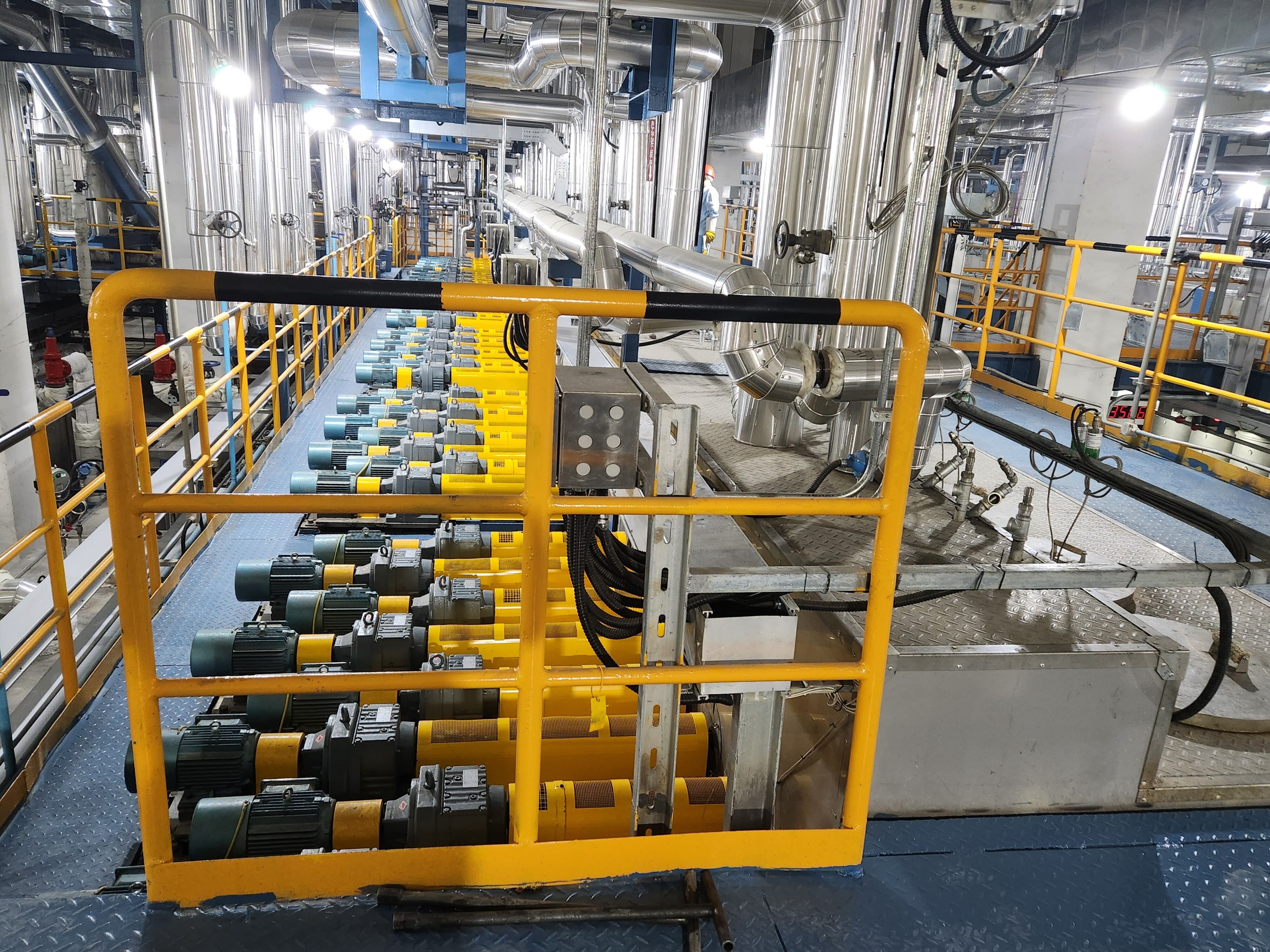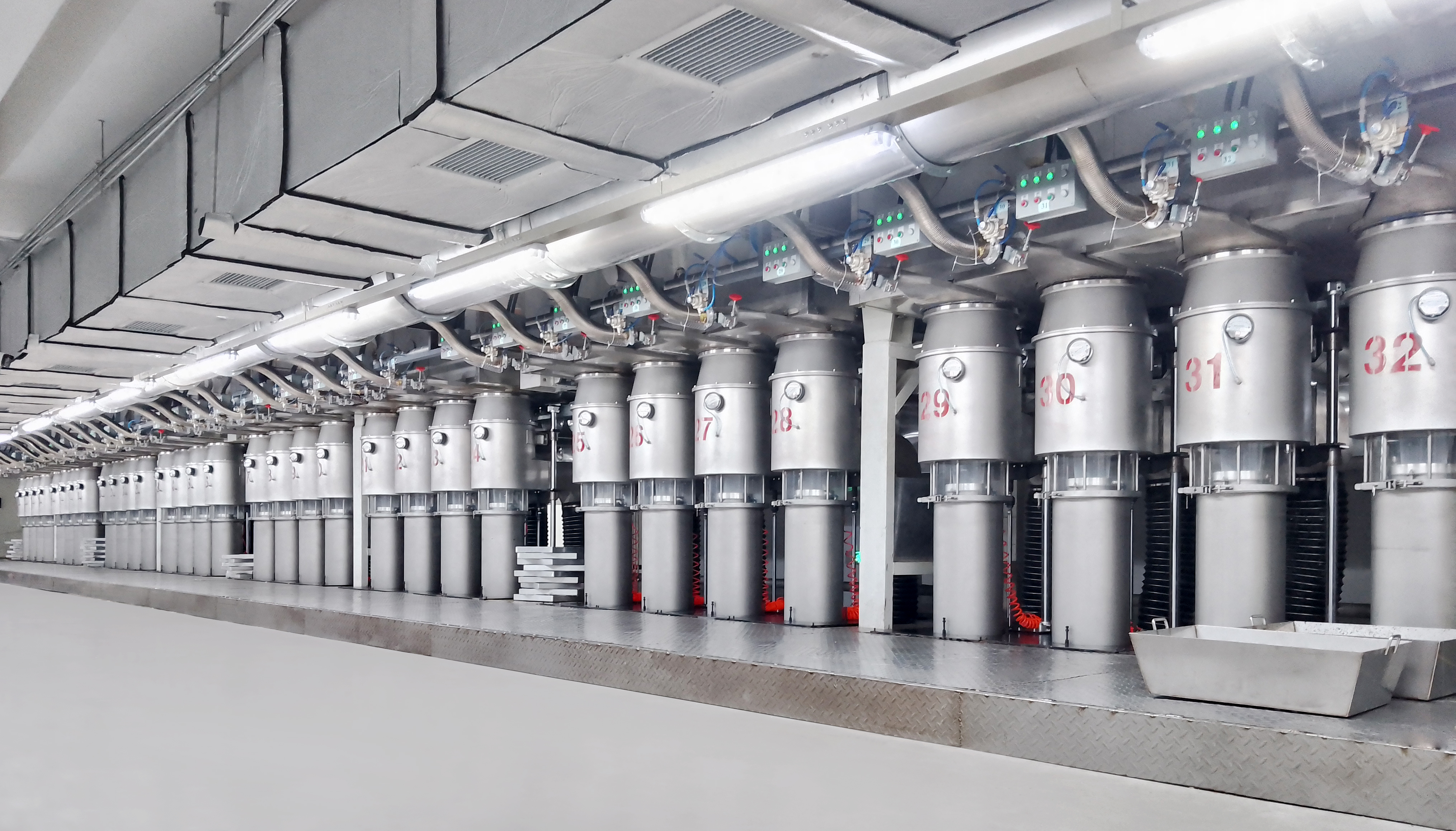In recent times, bicomponent fiber has become an innovative material in different fields. This special fiber is changing what is possible in products in the fields of textiles, healthcare, filtration, packaging, and much more. Differentiating itself from the conventional single-component fiber, bicomponent fiber single filament made of two different polymers. This configuration provides a unique and diverse range of beneficial functions that include increased strength, elasticity, moisture-wicking, and customizable thermal-stability. As industries are in search of more efficient and durable materials, the need for bicomponent fiber is increasing and is the subject of a lot of research and development for potential applications and materials for the global market.
In the field of bicomponent fiber technology, innovative advancements are rapid and constant. One of the most significant of these innovations is the development of novel spinning techniques. New spinning technology creates the ability to precisely control the allocation and ratio of the two component polymers in the bicomponent fiber. This allows for the customization of patented fiber formations directed towards specialized industries.

In the textile sector, bicomponent fiber can be engineered to have magnificent elasticity making it perfect for sports and active wear. For bicomponent fiber textile manufacturers have started to be environmentally sustainable and use eco- friendly polymers. Due to the environmental concerns manufacturers have started to use recycled and bio-based polymers for the production of bicomponent fiber, decreasing the impact the production process leaves behind. Moreover, the fiber modification technology has opened the gates for new innovations that include the incorporation of functional appendages to bicomponent fiber, such as antimicrobial and UV absorbing fiber components.
Bicomponent fiber has varied and widespread applications across many industries because of its unique features. In the textile and clothing sector, it’s commonly used to make sports, leisure, and outer garments, and underwear. During physical exercise, the moisture-wicking and fast-drying attributes of bicomponent fiber offer comfort to the wearer. It is also used for non-woven disposables such as diapers and sanitary napkins, to which its softness and absorbency are highly effective.
In healthcare, bicomponent fiber makes medical textiles, like surgical gowns, face masks, and wound dressings. Some bicomponent fiber textiles protect against bacterial spread and infections. Bicomponent fiber is also used in the production of high efficiency air and water filters. Its unique design allows better particle capture and higher overall filtration efficiency. Additionally, Bicomponent fiber is used in the packaging industry for stronger packaging materials with better barrier properties that protect against damage and elements like water and air.
Bicomponent fiber is key in improving many products and how they function. It does this greatly by enhancing the mechanical properties of a given product. Bicomponent fibers are stronger, more elastic, and more durable than single component fibers. This strength and durability compliments other mechanical properties, making products made with bicomponent fibers more resistant to damage and wear, ultimately enhancing product life. The enhancement of product performance does not stop there, Bicomponent fibers also improve the functional properties of a given product.

For example, in thermal insulation materials, special bi-component fibers can be engineered to have exceptional thermal resistance. In this way, thermal insulation materials can be made to keep the interior space warm or cool, as desired. In the case of some electrical applications, certain types of bi-component fibers with good electrical insulation properties can be used in electrical cables and components. Additionally, bi-component fibers can assist in the processing performance of manufactured products. Because of the evenness of their structure, fibers can save on processing time and costs.
The future of this field is certainly going to be focused on promising trends. The most notable of the trends is the evolution of sustainable and biodegradable bi-component fibers. The evolution of bi-component fibers is in response to the growing eco consciousness of consumers and tighter environmental regulations. The use of sustainable materials is a demand that is not going away. To satisfy this demand, manufacturers are adopting the use bio-based and biodegradable polymers and fabrics. The incorporation of smart technologies in bi-component fibers is still a modern trend. Researchers are looking into the inclusion of sensors and other smart components within the bi-component fibers to create smart textiles and other innovative products.
Smart products can keep track of body temperature and heart rate, as well as monitor other environmental factors. They gather important information useful in healthcare, sports, and more. Moreover, manufacturing technologies will allow more focused customization of bicomponent fiber. Making bicomponent fiber of specific tailored characteristics will increase its applications in specialized niche markets.
For businesses wishing to take advantage of this innovative material, knowing how to choose a suitable supplier is important. Some criteria include a supplier’s technological advancements, as well as their R&D focus. Prioritizing a supplier's R&D will allow them to provide more innovative and cutting-edge bicomponent fiber offerings. Additionally, fiber quality control processes are vital. Bicomponent fiber worth investing in passes stringent quality control processes. Furthermore, a supplier’s production and delivery capabilities are also important.
If a supplier efficiently meets large-scale requests from a business and delivers products on time, the demands of production will not be interrupted. The quality of the supplier’s after-sales service matters, particularly when a supplier provides comprehensive after-sales support, covers any required technical help, and provides troubleshooting assistance while a business works with the bicomponent fiber. These considerations will assist enterprises in selecting dependable providers of bicomponent fiber, customized to their requirements, ensuring a competitive position in the industry.
 Hot News
Hot News2024-07-25
2024-07-25
2024-07-25